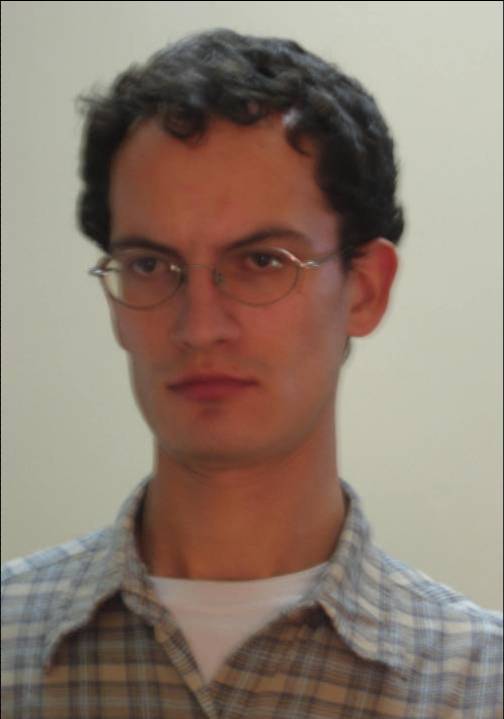The instance of Documenta, an international art exhibition taking place each five years, dislocates the coordinates of the usual bi-yearly cycle of art biennials in the direction of greater involvement of the premises on which these international events are built.
Without falling into unreserved apology for the impact that art exhibition can have on their viewers, hosting cities, and represented cultures, even if prevalent curatorial discourse protects the autonomous sphere of artistic expression as such, I want to find my distance from the condemnation that art exhibitions as components of contemporary event culture expose themselves to.
In so far as larger economic situation is not directly influenced by the art exhibitions as such I perceive the attacks on museums, art exhibitions, and biennials as stemming from the post-political situation. As described by Perniola the feature of the post-political situation is the predominance of the network logic of operation where as opposed to the political divisions that separated the political field into contending camps, the post-political situation does not produce a clear-cut pattern or structure of the social field that could be readable in political terms.
The resulting opacity, frequently attributed to the on-set of the society of the spectacle, draws on the network logic of operation where each individual can consider others, as actual or potential network members, in terms of colleagues the interaction with whom is primarily mediated by networks, data, and requirements of the moment. In this respect, spectacular events can hardly lend themselves to political reading in so far as the larger political field has been reorganized on the post-political lines.
Furthermore, the outrage that museums, biennials, and art auctions inspire in the hearts of their commentators appears to represent the symptom of the death of the political since the spaces of artistic representation and discourse are positioned in the remainder of the public sphere that while not able to summon political forces for its reproduction as structuring structure is in need of the spaces that hold the potential of memory of the historical situation when the political as principle of social vision and division has still been in force.
By that token, art works become involuntary allegories of the collective memory that in the process of its multiplication and disintegration into particularized archives of recollection undermines the structuration of the social field on the lines that would correspond to political narrative.
In this respect, politics has given way to post-politics when the reigning discourse in the public sphere has slipped from the narrative grip of the first modernity towards the indeterminacy of the second modern moment where circulation, deterritorialization, and flows take precedence over accumulation, striation, and places.
Subscribe to:
Post Comments (Atom)

No comments:
Post a Comment